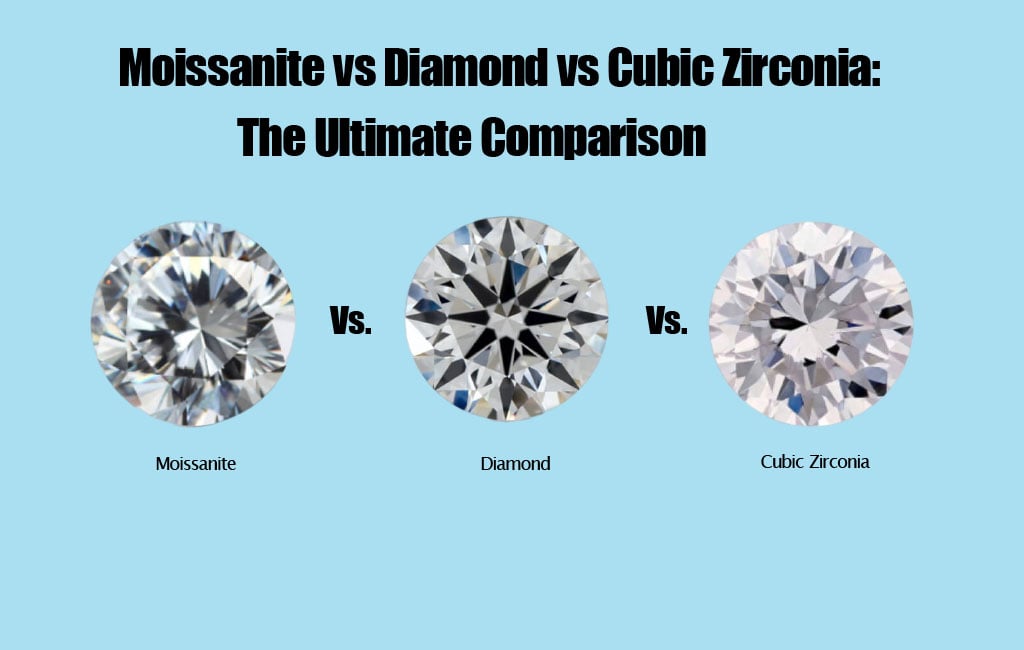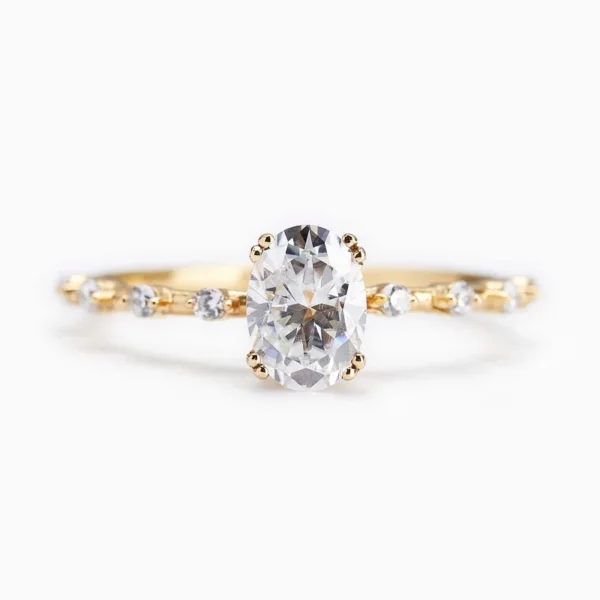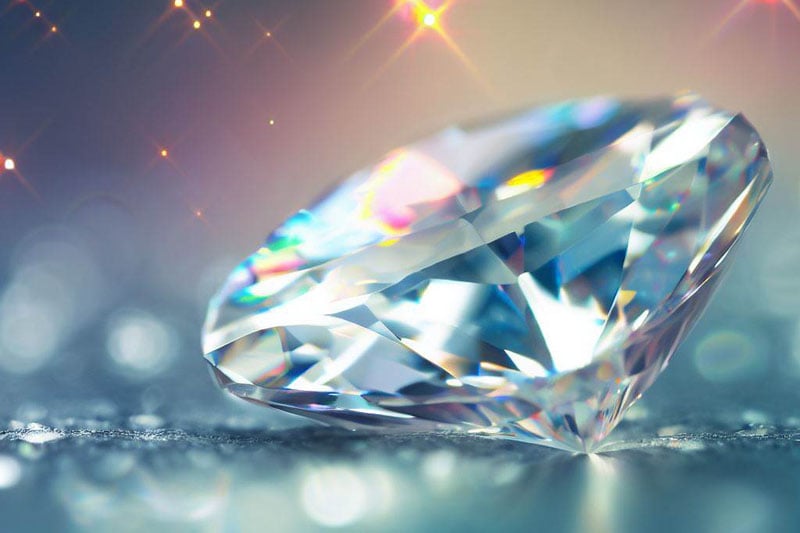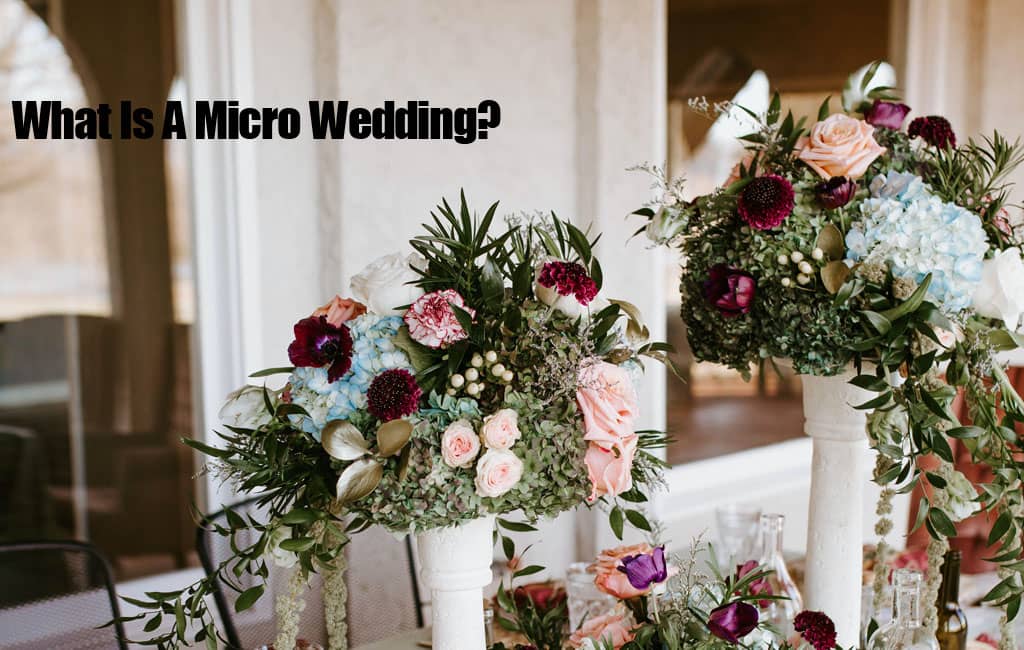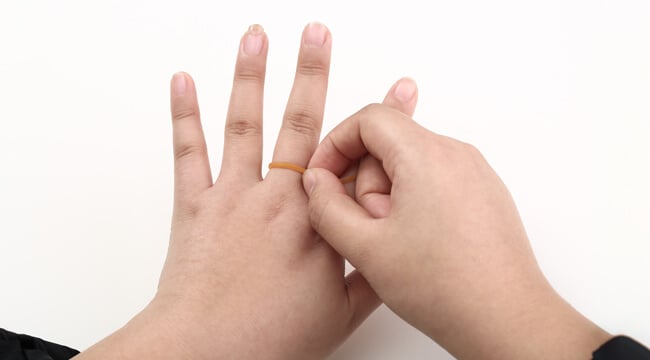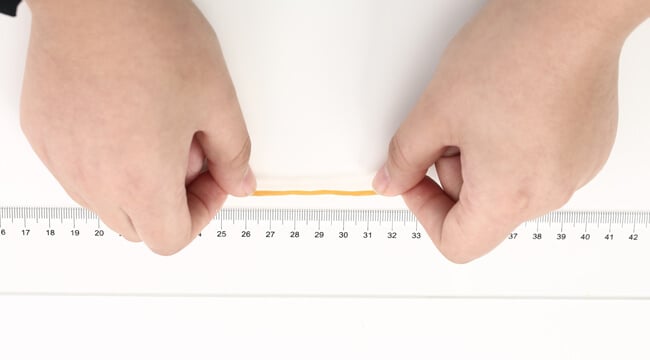When it comes to selecting the perfect gemstone for your jewelry, the decision can often be overwhelming. With the array of choices available, from natural diamonds to lab-grown stones, how do you make an informed decision? In this comprehensive guide, we will delve deep into the comparison between three popular gemstones: Moissanite, Diamond, and Cubic Zirconia.
Moissanite vs Diamond vs Cubic Zirconia
Origins and Historical Significance
Diamond: Nature’s Marvel
Often dubbed “Nature’s Marvel”, diamonds are a thing of beauty and joy forever. Formed deep within the secretive crevices of the Earth’s mantle, diamonds come into existence under extreme heat and pressure. These crystalline marvels are ancient, with some diamonds boasting ages of billions of years.
Historically, diamonds have been treasured and revered. Imagine wearing a piece of the Earth’s history on your finger, encapsulating eons of geologic events and transformations. Such is the allure of diamonds.
Moissanite: The Star-born Gemstone
Now, let’s shoot for the stars. Moissanite is a gemstone that quite literally fell from the sky. Unlike the earthy origin of diamonds, moissanite can trace its roots to the cosmos. The story begins in 1893, when Henri Moissan, a French scientist, stumbled upon these shimmering stones in a meteor crater. Naturally, the gemstone was named in his honor.
Though its cosmic origins are undeniably intriguing, the moissanite you see in jewelry stores today is predominantly lab-created. Yet, these synthetic versions have managed to capture the essence, fire, and shimmer of the extraterrestrial moissanite.
Cubic Zirconia: The Modern Alchemist’s Gem
Enter the world of human ingenuity, and you’ll find cubic zirconia, commonly referred to as CZ. While nature dazzles us with diamonds and moissanite, mankind didn’t remain a mere spectator. Introduced in the 1970s, cubic zirconia is a gemstone born out of human innovation.
Cubic zirconia might not share the billion-year history of diamonds or the celestial origins of moissanite, but it has carved its own niche. It’s the epitome of what human endeavor can achieve. Its affordability combined with a sparkly appearance that rivals more expensive gems makes CZ a favored choice for many.
Keep reading on moissanite vs diamond
Physical and Optical Properties
The Hardness Debate
Imagine you’re out shopping for a piece of jewelry. You’re likely pondering on its durability, especially if you’re the kind who’s always on the move, potentially exposing your jewelry to nicks and scratches. This is where understanding the hardness of your chosen gemstone comes in handy.
Diamonds, rightfully celebrated as nature’s most resilient creation, take the crown here. They’re undisputedly the hardest known substance, boasting a perfect score of 10 on the Mohs scale. This means that when it comes to scratch resistance, diamonds are in a league of their own.
But wait, moissanites are nipping at the heels of diamonds. Scoring a commendable 9.25 on the Mohs scale, they offer substantial durability, making them a practical choice for daily wear. Cubic zirconia, although a touch behind with a score of 8, still presents a decent level of scratch resistance, especially when you consider its affordability.
Brilliance and Fire
Light up a room with a gemstone, and you’ll see magic. The way these stones interact with light is nothing short of mesmerizing. Diamonds, for instance, are globally renowned for their brilliance. They have this uncanny ability to capture light and reflect it in a way that makes them gleam exquisitely.
Moissanites, however, are the show-stealers when it comes to fire, those captivating colorful flashes you see when light hits the stone just right. While they may not outshine diamonds in terms of sheer brilliance, they surely make a statement with their fiery display.
Cubic zirconia does bring its sparkle to the party. But if we’re getting nitpicky, it falls a bit short in comparison to the depth and fire exhibited by diamonds and moissanites. Still, for its price point, the sparkle it offers is more than satisfactory.
Color Variations
Color is often a deciding factor when choosing a gem. Diamonds, in all their glory, come in a myriad of colors and clarities, from pristine transparent varieties to shades of yellow, blue, or even pink. This range offers something for every palette.
Moissanites, however, usually sway towards the near-colorless side of the spectrum. Their subtle hue makes them an elegant and understated choice for those who appreciate minimalism. As for cubic zirconia, while it’s predominantly clear, there’s no dearth of colored variations for those who love to play with hues.
You may want to know moissanite vs cubic zirconia
Economic Considerations
Cost-Effectiveness and Value
Renowned for their brilliance and natural rarity, diamonds have long been the epitome of luxury and desire. Their formation, which takes billions of years under the Earth’s crust, makes them both unique and valuable. But this lengthy and wondrous process also attaches a premium price to them, making diamonds an investment both in style and finance.
Enter moissanite, the modern world’s answer to the diamond dilemma. These sparkling stones, while bearing a close resemblance to their diamond counterparts, are primarily lab-grown. This controlled origin means reduced costs without compromising on the shine, making moissanite a fantastic middle-ground for the discerning buyer.
Lastly, for those seeking beauty on a budget, cubic zirconia (or CZ) is the go-to choice. It’s the epitome of affordability without forsaking glamour, perfect for those impromptu additions to your jewelry collection or when you’re experimenting with new styles without breaking the bank.
Resale Value: An Important Consideration
Now, beyond the initial purchase, there’s another economic facet worth considering: What happens when and if you decide to part with your gem?
Diamonds, besides their scintillating beauty, have another feather in their cap: they generally hold their value over time. In some cases, particularly with rare or particularly high-quality stones, they can even appreciate. This makes diamonds not just a statement of style, but also a potential investment.
Moissanite and cubic zirconia, on the other hand, present a different story. Their lab-grown nature, while excellent for affordability, means they don’t quite have the same resale robustness as diamonds. The abundance of these stones and the ease with which they can be produced reduces their long-term economic value, making them more about the present aesthetic rather than a future investment.
The Care and Maintenance Factor
Every treasure demands care, and gemstones are no different. The longevity and sparkle of your stone depend largely on how you treat it. Diamonds, with their robust nature, and moissanite, with their sturdy composition, demand minimal maintenance. Regular cleaning to remove any accumulated dirt or oils, and they’re back to sparkling like stars!
Cubic zirconia, however, requires a tad more attention. Owing to its composition, it can cloud over time. To ensure that your CZ stays as sparkly as the day you bought it, a little more frequent cleaning and care go a long way.
In Conclusion
The debate between Moissanite vs Diamond vs Cubic Zirconia boils down to personal preferences, budget, and the intended use of the jewelry. Each gemstone, with its unique characteristics, caters to different needs and desires. By understanding the properties and benefits of each, you can make a well-informed choice that aligns with your individual requirements.

